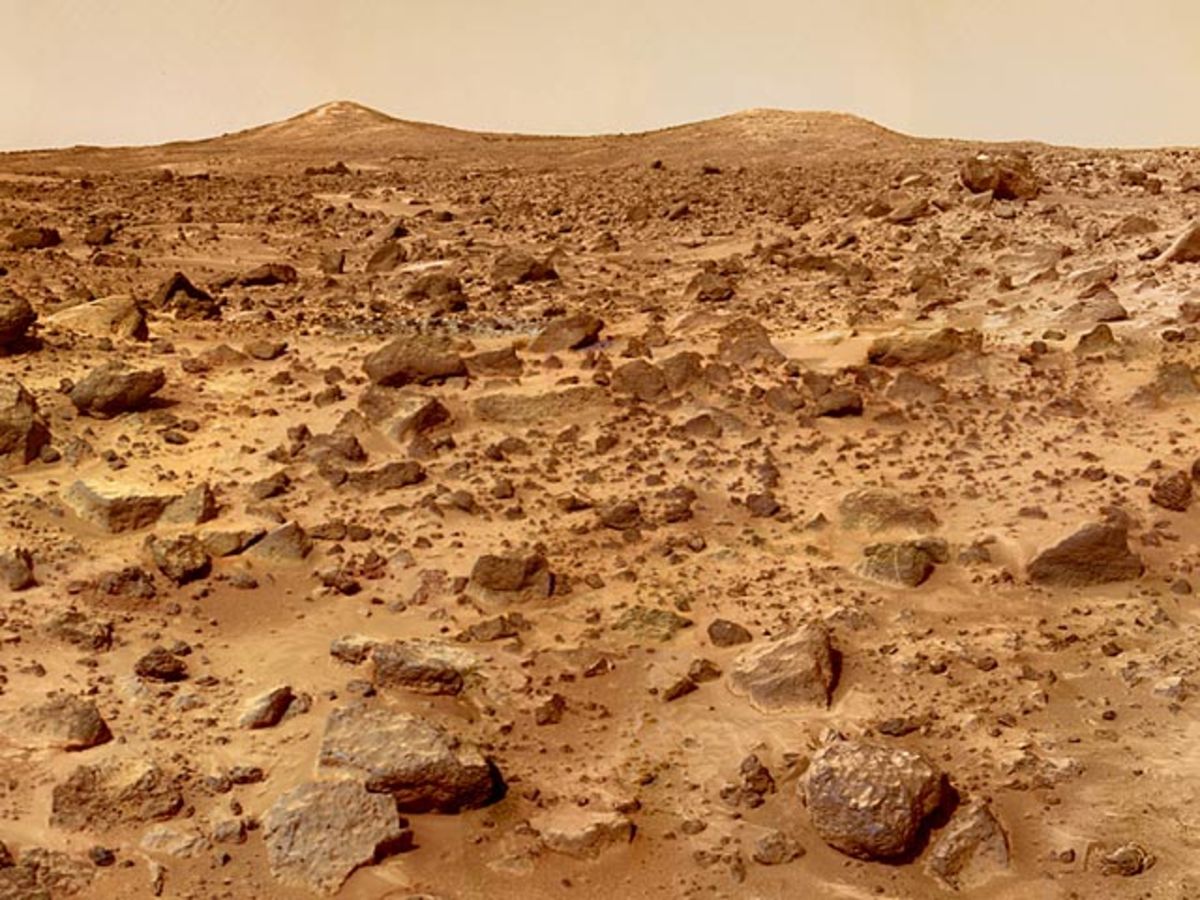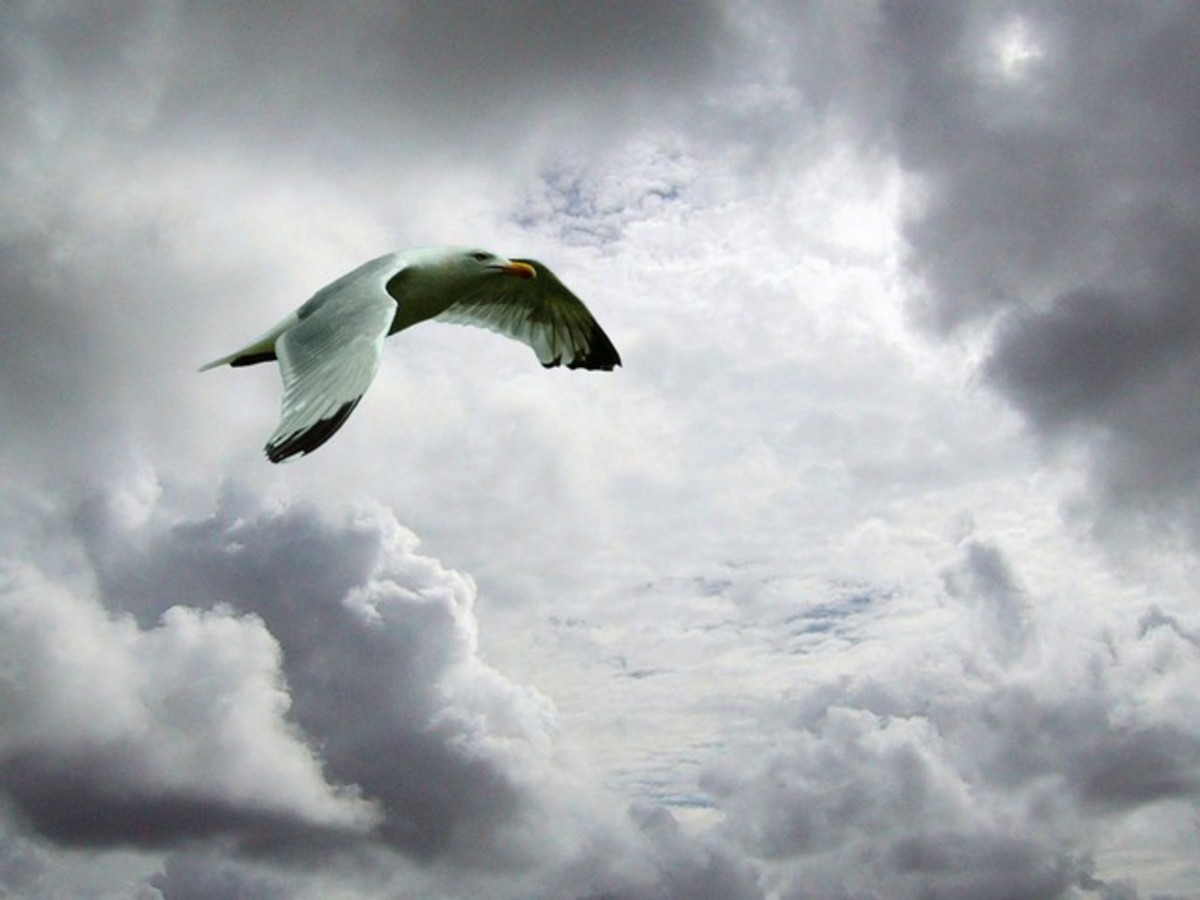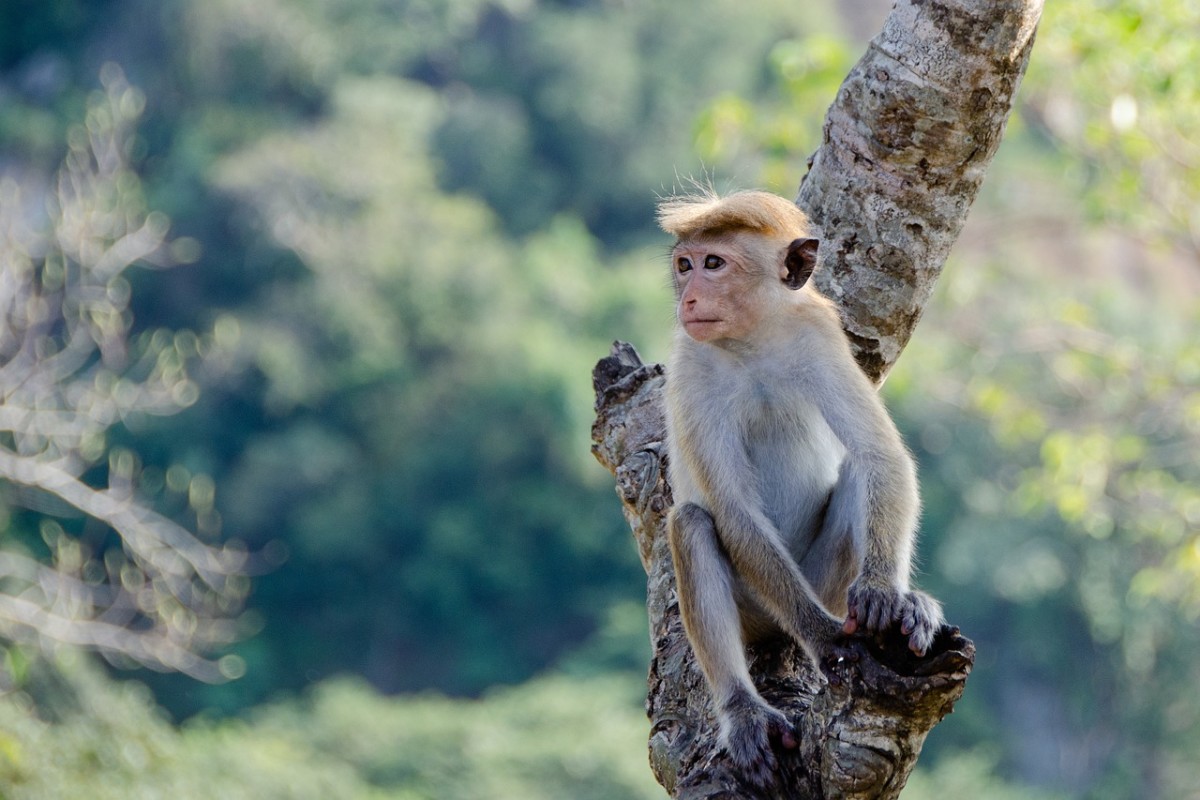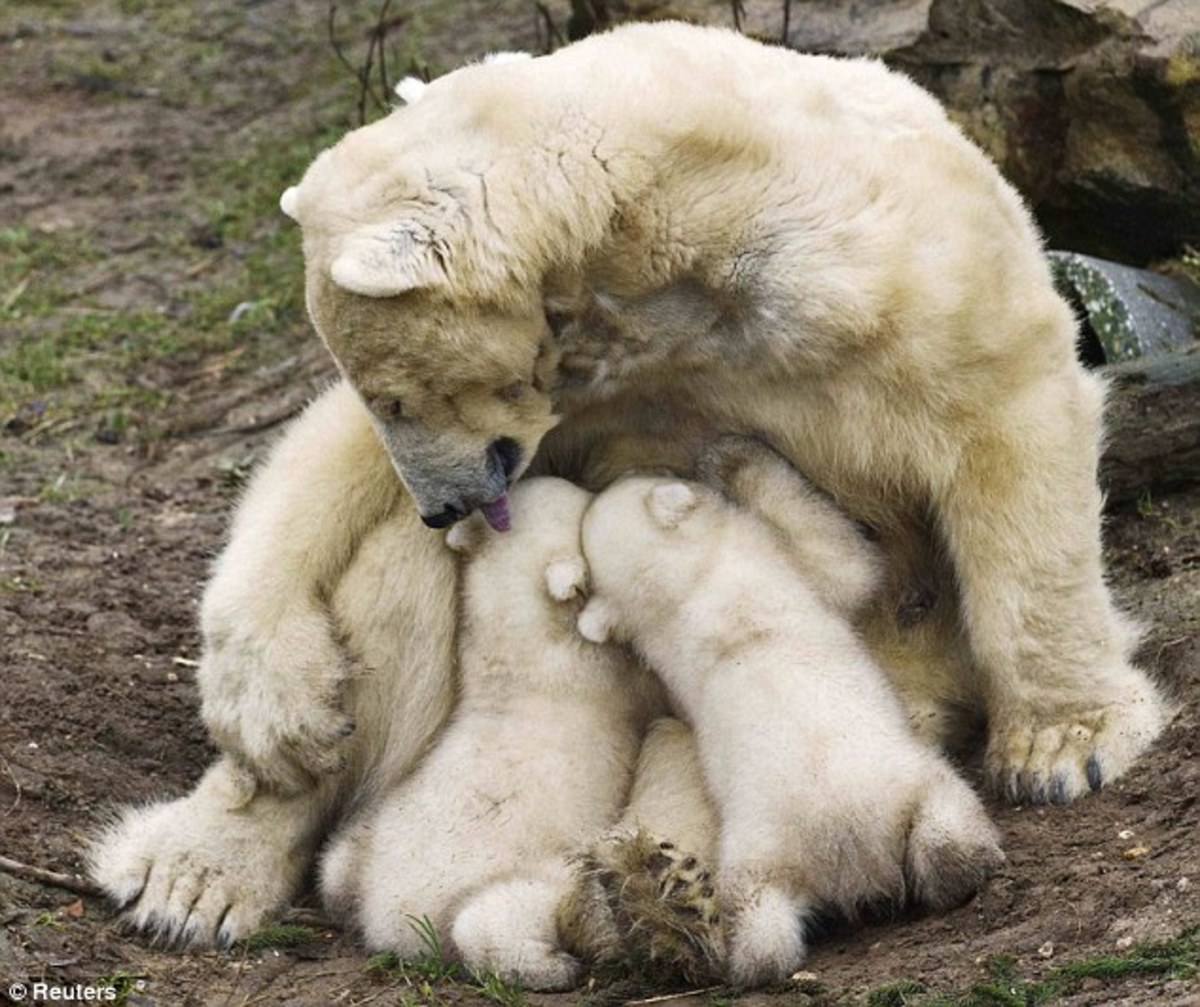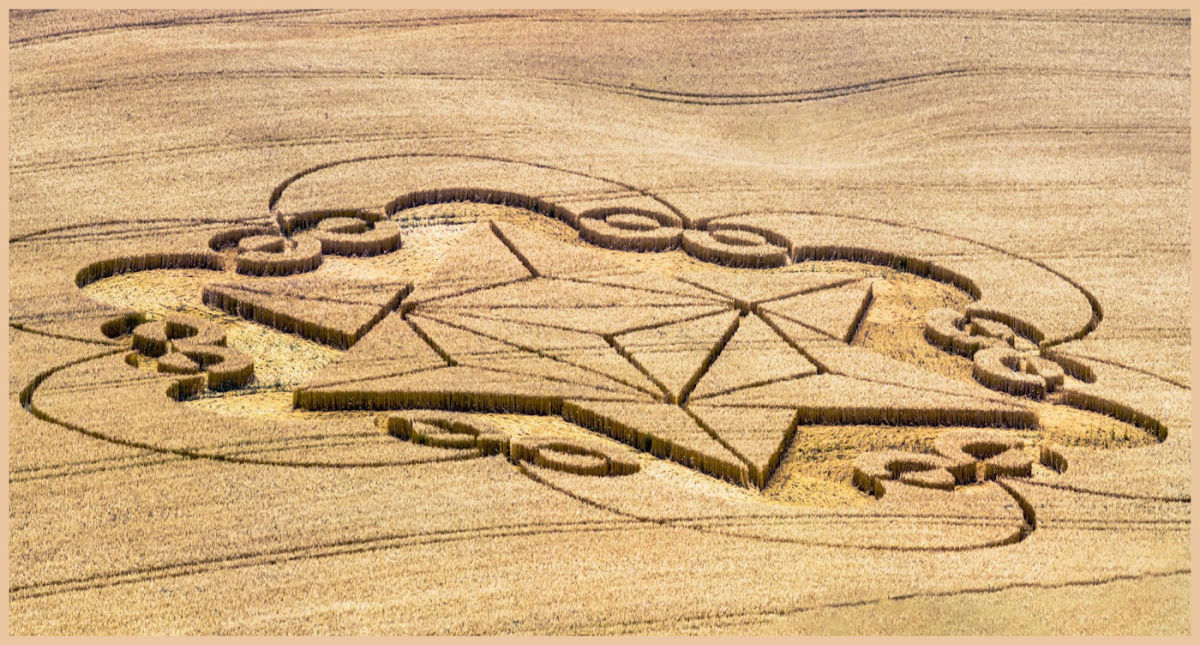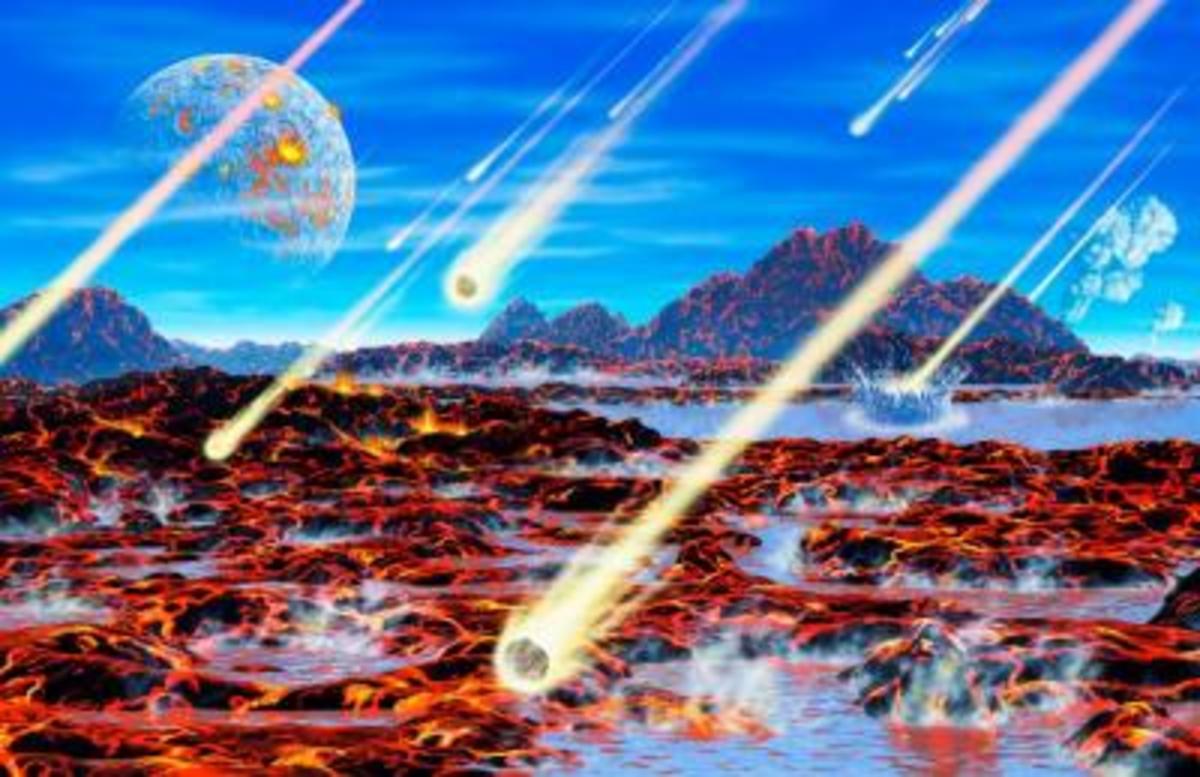Animals sent to space
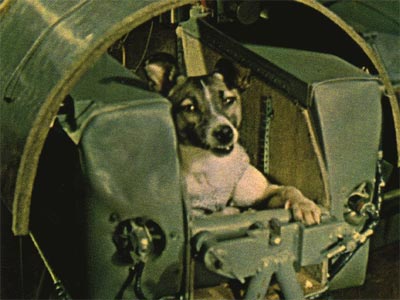
Animals sent to space
Animal were the first to sent to space before the manned space missions was done. The major reason was that they did not want to risk the human lives. The animal was sent to space to investigate the biological processes, the microgravity gravity and the space flight on these animals.
Only 5 countries have used the animals in the space programs: The United States, The Soviet Union, France, Japan and China.
1940s: The first animals that spent into the space were fruit flies along with corn seeds aboard a launched V2 rocket in space. V2 missions carried biological samples of moss. The flies were sent to experiment the effects of exposure of radiations at high altitudes.
In 14 June 1949 Albert II, Rhesus Monkey was the first monkey sent to space. The monkey died because of parachute failure. There after numerous monkeys were sent to space. Generally monkeys were implanted with sensors to measure the vital signs and they were given anesthesia before the launch.
1950s:
31-August-1950: US launched a mouse into space in V2 rocket (known as Albert V flight, which unlike the previous missions, Albert I-IV carried monkey into the space).
29-January-1951: Soviet Union sent Dogs named Tsygan and Dezik in R-1 IIIA-1 flight into the space but not into the satellite orbit. The dogs survived the flight but one died in the subsequent flight.
3-November-1957: Laika, a dog was the first animal that was sent in the orbit by The Soviet Union in Sputnik-2; however the dog died during the flight. After that there were more than 10 dogs that were sent into orbit and numerous dogs in sub-orbital flights.
13-December-1958: US sent Gordo; an US Navy trained South American squirrel monkey in Jupiter IRBM AM-13 from Cape Carnival, Florida. The nosecone recovery parachute failed due to which Gordo was lost. The Telemetry data showed that the monkey could survive 10G Gravity, 8 minutes of weightlessness and 40G of reentry at 10000 mph.
28-May-1959: Able and Baker were the two monkeys that survived spaceflight after 1959 which was sent in Jupiter IRBM AM-18 from Atlantic Missile Range from Cape Canaveral, Florida. They could sustain 38 times more than the gravitational pull and weightlessness for 9 minutes. During the 16 minutes flight they could be alive at the top speed of 10000 mph. Able died after 4 days of flight due to reaction of anesthesia while undergoing a surgery and Baker was alive till 1984.
1960s:
19-August-1960: Dogs Belka and Strelka were carried in Sputnik 5 – the first spacecraft that carried mammalian organisms into the orbit and returned them alive.
13-January-1961: In Redstone Rocket, Ham named Chimp was sent in the Mercury capsule. The chimp had been trained to operate, pull levers in order to receive banana pellets as gift and to avoid electric shocks.
22-February-1961: France sent the first rat into space and later two more rats were sent in October 1962.
March-1961: Vostok 3A flights of Soviet Union carried mice and for the first time carried Guinea Pigs and Frogs.
29-November-1961: Enos named chimp became the first primate in the orbit in another Mercury Capsule in Atlas Rocket.
18-October-1963: Felix, the cat was sent to space by France. The cat had implanted electrodes attached to its head in order to measure the neural impulses. Felix survived the space travel but not the next cat sent by them. The final animal that was sent by France was the two monkeys in 1967.
In 1964, 1965 and 1966 Chinese sent mice to the space in their spacecraft.
22-February-1966: Veterok and Ugolyok were the two Russian dogs that were sent to space in Cosmos 110 and spent 22 days in space. The duration of this space-flight was record breaking ones by human until 1974; Skylab 2 has the longest space duration by dogs.
In 1966 US launched Biosatellite I
1967: US launched Biosatellite I/II in which the fruit flies, parasitic wasps, flour beetles and frogs eggs along with microscopic organisms like Bacteria, Amoebae and Fungi.
14-September-1968: Soviet Union sent first tortoise in Space along with wine flies, meal worms and biological specimen. The capsule was recovered in a week’s time.
1969: US sent Bonny, a macaque on the first multi-day primate mission.
1970s:
9-Nov-1970: Orbiting Frog Otolith satellite carried two Bullfrogs to space in order to understand further about space sickness.
16-April-1972: Apollo 16 carried Nematodes.
7-December-1972: Five pocket mice were carried into space by Apollo 17 where one of the mice died due to circumlunar trip.
Skylab 3 carried first Fish to space and first spiders in space namely Arabella and Anita.
17-November-1975: Soviet sent tortoise for a record duration of 90.5 days to space in Soyuz 20.
22-June-1976: Soviet sent tortoise and fish to space in Salyut 5.
1980s: Soviet sent 8 monkeys to space on Bion flights which also carried first newts on board. While the US sent 24 rats and stick insect eggs in Skylab 3 space shuttle.
1985: Bion 7 carried 10 newts to space with their front limbs amputated to study the rate of regeneration which would be useful to study about the human recovery from the space injuries.
1989: Chicken embryos were sent to space in STS-29 for experiment.
1990s
In the last Bion flight the Soviet sent four monkeys, frogs and fruit flies.
1990: Chinese sent Guinea pigs to space
December 1990: A Japanese reporter named Toyohiro Akiyama carried Japanese Tree Frogs to Mir Space Station.
During this decade US sent many species like crickets, mice, rats, frogs, newts, fruit flies, snails, carp, medaka, gypsy moth eggs and other animals to the space from Space Shuttle Columbia.
2000s
2003: In the last Columbia flight carried silk worms, golden orb spider, harvester ants, carpenter bees, Japanese killfish. After the Columbia Space Shuttle disaster Nematodes was found alive in the debris.
12-July-2006: Genesis I was the space module which carried small toys, insects like cockroaches and Jumping Beans which contained live larvae of moth. This was the first private flight to launch the animals into space.
28-June-2007: Genesis II carried cockroaches along with scorpions and seed harvester ants.
September-2007: FONTON M3 mission of European Space Agency, carried water bears, which survived for 10 days of open space with only natural protection.

